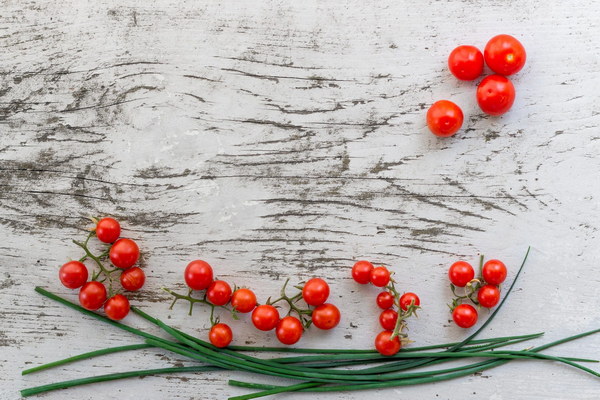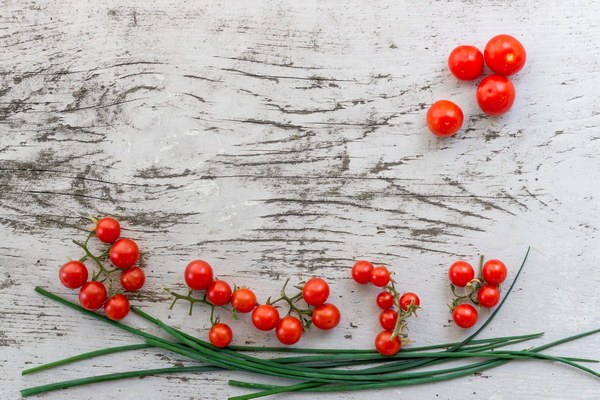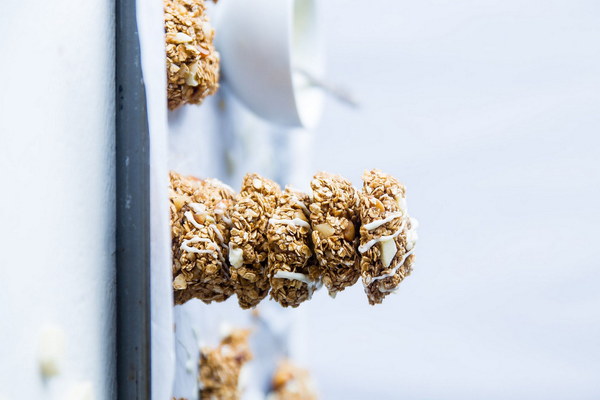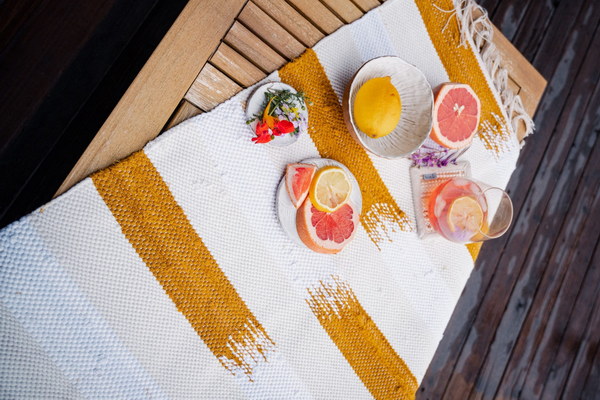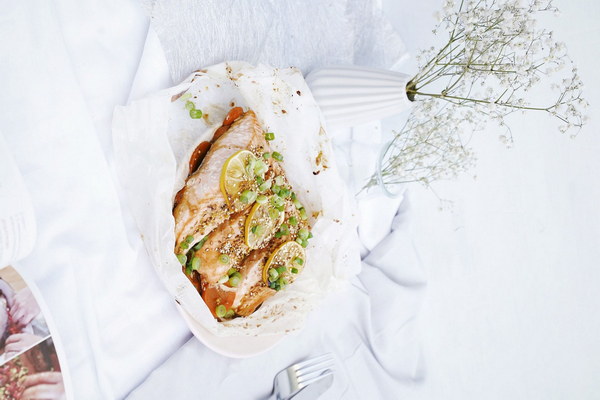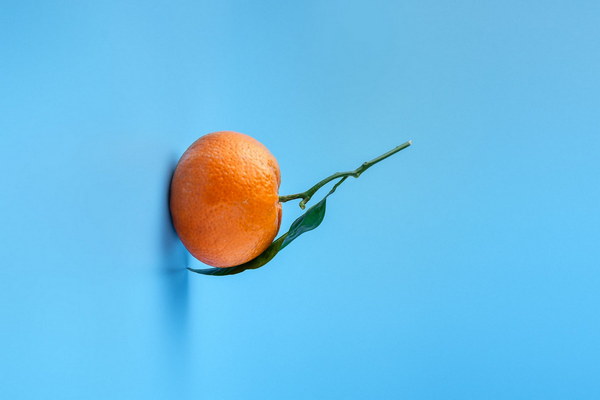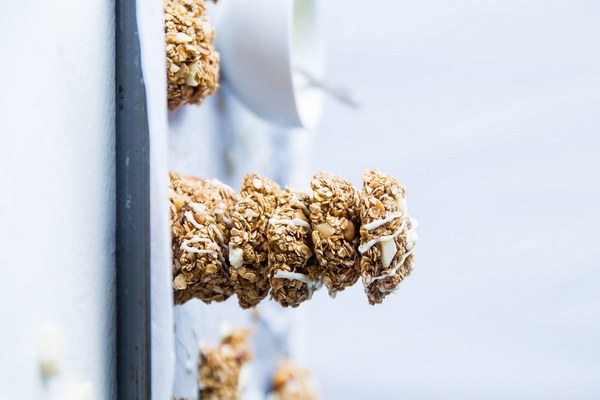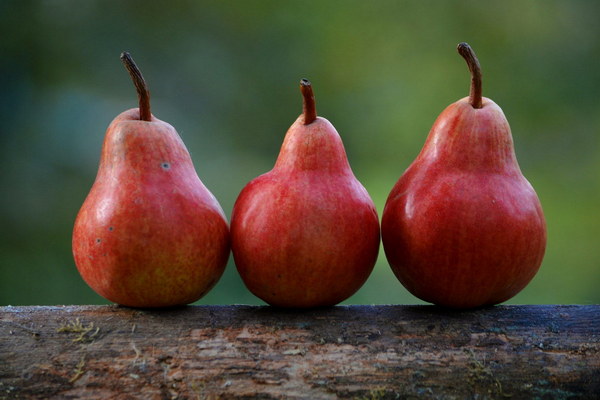Soothe Your Moisture with These Wetness-Relieving Ingredients in Braised Pork Ribs
Braising pork ribs is a beloved traditional dish in many cultures, known for its tender, succulent meat and rich flavors. But did you know that certain ingredients added to your braised pork ribs can also help in alleviating dampness and excess moisture in the body? In this article, we'll explore the best ingredients to include in your pork rib stew to achieve a dual benefit of deliciousness and wellness.
The Science of Dampness
In traditional Chinese medicine (TCM), dampness is considered a common disorder that can lead to various health issues. It is characterized by symptoms such as fatigue, weight gain, bloating, and digestion problems. TCM believes that certain foods can help balance the body's moisture levels and relieve dampness.
Top Ingredients to Add to Your Braised Pork Ribs for Dampness Relief
1. Dong Quai (Angelica sinensis)
- Why It Helps: Dong quai is a well-known herb in TCM for its ability to nourish the blood and alleviate dampness. It's often used in soups and stews to promote circulation and reduce fluid retention.
- How to Use: Add a few slices of dried dong quai to your braising liquid. It will infuse the pork ribs with its distinctive aroma and health benefits.
2. Cinnamon (Cinnamomum cassia)
- Why It Helps: Cinnamon is a warming spice that helps to dispel cold and dampness. It also has anti-inflammatory properties that can soothe the digestive system.
- How to Use: Add a small stick or two of cinnamon to the pot during the cooking process. The aroma will be released as the ribs cook, adding depth to the flavor profile.
3. Cordyceps (Cordyceps sinensis)
- Why It Helps: Cordyceps is a powerful medicinal mushroom in TCM that is believed to boost the immune system, enhance energy, and help expel dampness.
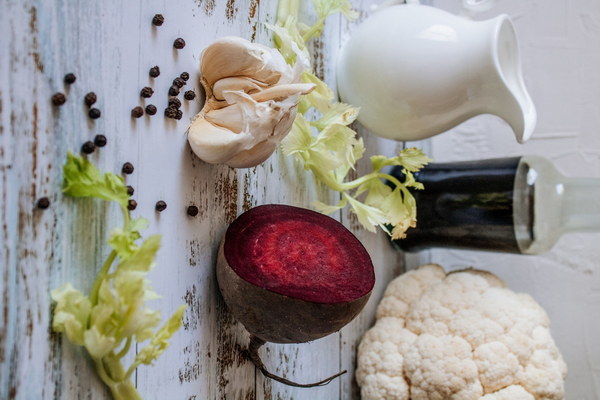
- How to Use: Soak a small handful of cordyceps in warm water before adding them to the pot. They will infuse the stew with a unique earthy flavor and potential health benefits.
4. Jujube Dates (Ziziphus jujuba)
- Why It Helps: Jujube dates are a sweet, nourishing fruit that helps to tonify the spleen and stomach, which in TCM is associated with dampness. They also add a delightful sweetness to the dish.
- How to Use: Include a handful of dried jujube dates in your braising liquid for a sweet and healthful touch.
5. Goji Berries (Lycium barbarum)
- Why It Helps: Goji berries are rich in antioxidants and are believed to boost the immune system. They also have diuretic properties that can help in reducing excess fluid.
- How to Use: Add a few goji berries to the stew towards the end of cooking. They will burst with flavor and potential health benefits as they cook.
6. Green Onions (Scallions)
- Why It Helps: Green onions have diuretic properties and can help to expel dampness from the body. They also add a fresh, slightly pungent flavor to the dish.
- How to Use: Toss in a few chopped green onions towards the end of cooking to add color and flavor without overcooking them.
Braising Pork Ribs with Dampness-Relieving Ingredients
To prepare your pork ribs with these dampness-relieving ingredients, start by marinating the ribs in a mixture of soy sauce, ginger, and garlic. Then, prepare your braising liquid with the following ingredients:
- 2 tablespoons soy sauce
- 1 tablespoon rice vinegar
- 2 tablespoons brown sugar
- 1/2 teaspoon five-spice powder
- 1 cup water
- 1 stick cinnamon
- 2-3 slices of dried dong quai
- 1 handful of dried cordyceps (soaked)
- 1 handful of dried jujube dates
- 1 handful of goji berries
- 2-3 green onions (chopped)
Combine the braising liquid ingredients in a pot, bring to a boil, and then reduce the heat to a simmer. Add the marinated pork ribs and cover the pot. Let it cook for about 1 hour or until the ribs are tender. Add the chopped green onions towards the last 10 minutes of cooking.
Serve your braised pork ribs with a side of steamed vegetables or a bowl of rice to help absorb the excess moisture. Enjoy the succulent flavors while knowing you're taking a step towards balancing your body's moisture levels
